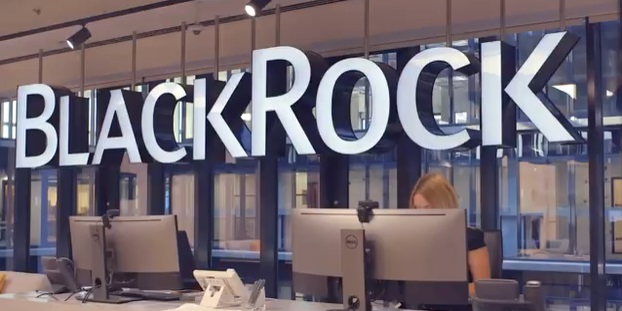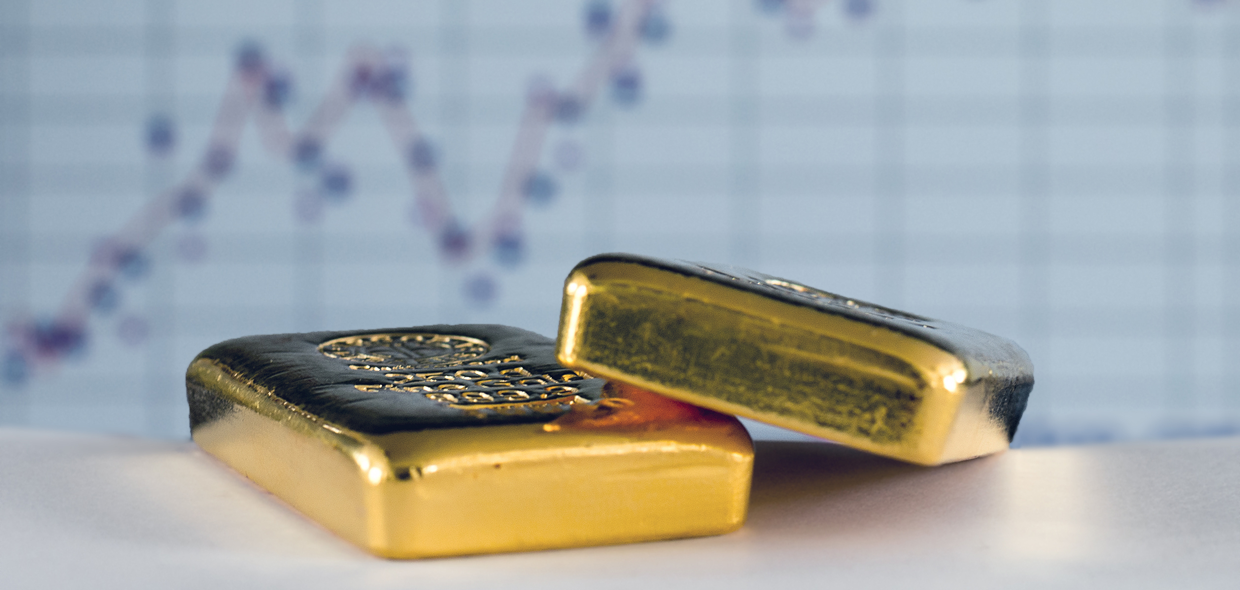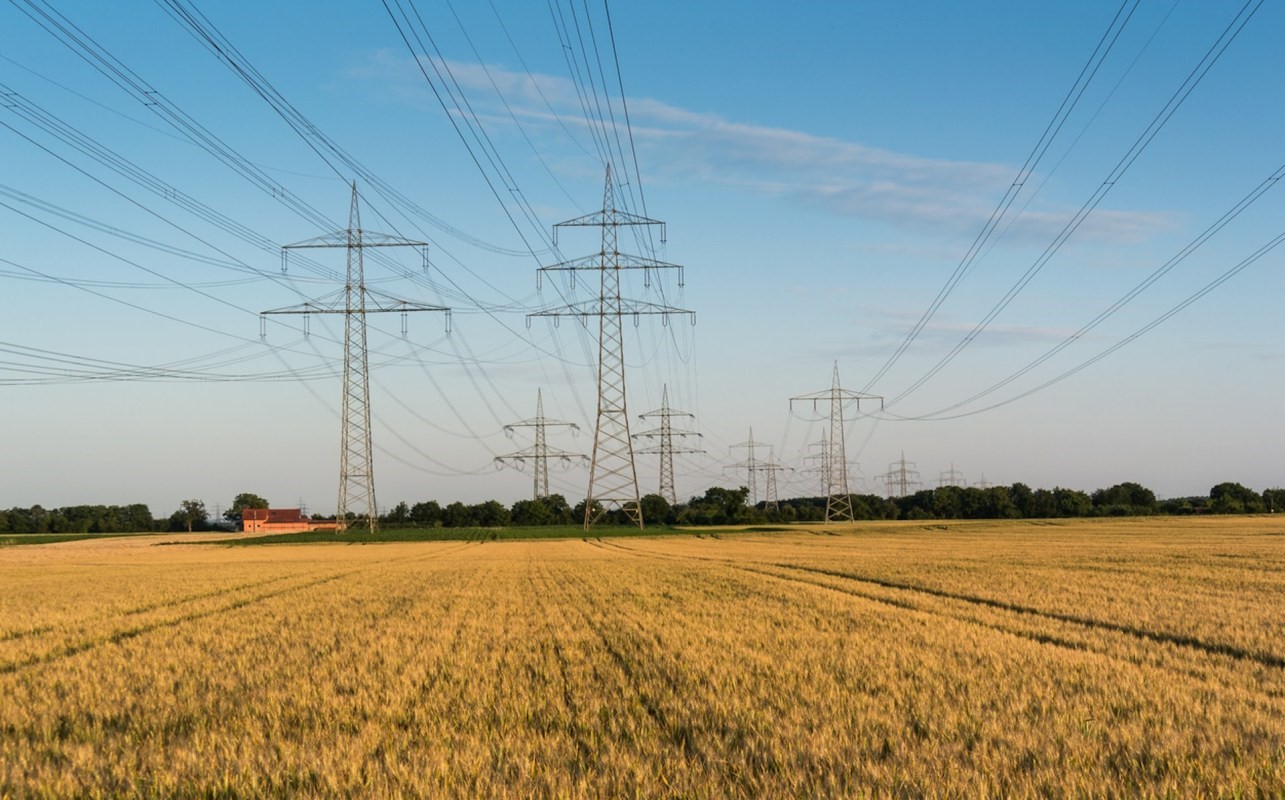25 March, 2024
Welcome to this week’s JMP Report,
Last week saw 3 stocks trade on the local market. BSP traded 1,631,039 shares, closing steady at K16.10, KSL traded 328,891 shares, closing steady at K2.90 and NEM traded 53 shares also closing steady at K145.00 per share. The market will be closed for the Easter period.
WEEKLY MARKET REPORT | 18 March, 2024 – 22 March, 2024
| STOCK | QUANTITY | CLOSING PRICE | BID | OFFER | CHANGE | % CHANGE | 2023 INTERIM | 2023 FINAL DIV | YIELD % | EX-DATE | RECORD DATE | PAYMENT DATE | DRP |
| BSP | 1,631,039 | 16.10 | 16.10 | – | – | 0.00 | K0.370 | K1.060 | 8.92 | TUE 27 FEB 2024 | WED 28 FEB 2024 | FRI 22 MAR 2024 | NO |
| KSL | 328,891 | 2.90 | 2.90 | 3.00 | – | 0.00 | K0.097 | – | – | – | – | – | PA |
| STO | – | 19.30 | 19.30 | – | – | 0.00 | K0.314 | USD 0.175 | 4.91 | MON 26 FEB 2024 | TUE 27 FEB 2024 | TUE 26 MAR 2024 | – |
| NEM | 53 | 145.00 | 145.00 | – | – | 0.00 | – | USD 0.250 | 0.63 | MON 4 MAR 2024 | TUE 5 MAR 2024 | WED 27 MAR 2024 | – |
| KAM | – | 1.02 | 1.10 | – | – | 0.00 | K0.12 | – | – | – | – | – | YES |
| NGP | – | 0.69 | – | – | – | 0.00 | K0.0.3 | – | – | – | – | – | – |
| CCP | – | 2.11 | 2.10 | – | – | 0.00 | K0.110 | – | – | – | – | – | NO |
| CPL | – | – | – | – | – | 0.00 | – |
– | – |
– | – | – | – |
| SST | – | 45.00 | 36.46 | – | – | 0.00 | K0.35 | – | – | – | – | – | NO |
Dual Listed Stocks PNGX/ASX
BFL – K5.65 -10c
KSL – 89c +3.5c
NEM – 51.98 +1.13
STO – 7.54 +20c
Interest Rates
In the 7day money, we saw the trend continuing with approx. 2.0bn of liquidity taken out of the market. In the TBills, the 364day TBills eased out a little with the average coming in at 3.22% up 7bpts, with the market leaving the Bank auction undersubscribed by 87mill and issued 209mil.
I believe we are seeing less liquidity in the system due to further intervention in the FX market by the Bank of PNG. If the intervention continues, we should see rates drift out further.
As forecast, we did see the Bank come to the market and announced the next GIS auction totalling, 800 mill across the yield curve. The auction will be held tomorrow the 26th of March.
In the term deposit market, a phone call should yield you a 12mth rate better than 2.50% for 12 mths.
Other Assets we like to monitor
Gold – 2169 +14
Silver – 24.72 +53c
Palladium – 993
Platinum – 902 – -37
Bitcoin – 66689 -1.22%
Ethereum – 3,436 -4.17%
What we’ve been reading this week
BlackRock Calls Texas Decision to Divest $8.5 Billion over ESG Policies “Reckless,” Urges State to Reconsider

GOVERNMENT/ INVESTORS | Mark Segal March 22, 2024
BlackRock pushed back against a decision by the Texas State Board of Education to pull an $8.5 billion investment from the asset manager over its alleged “boycotting” of energy companies and its ESG investing practices, in a letter from BlackRock Vice Chairman Mark McCombe to Board of Education Chairman Aaron Kinsey calling the move “reckless” and “irresponsible,” and asking for the decision to be reevaluated.
In a post responding to the Texas decision, BlackRock said that the move “is about short-term politics” and that it ignores “BlackRock’s consistent, long-term investment outperformance” on behalf of the state’s schools and families.
The response follows Kinsey’s announcement earlier this week of its decision to terminate its investment with BlackRock, citing the firm’s “dominant and persistent leadership in the ESG movement.” Kinsey said that the decision to terminate its investment with BlackRock was made in order to keep the Texas Permanent School Fund (PSF) in compliance with 2021 legislation, known as Senate Bill 13, which prohibits “investment in financial companies that boycott certain energy companies.” Kinsey also argued that BlackRock’s “destructive approach” to energy companies is “incompatible with our fiduciary duty to Texans.”
In his letter, McCombe calls the claim that BlackRock discriminates against energy companies “simply false,” pointing out that the firm holds over $320 billion in energy investments globally, including around $120 billion in Texas-based public energy companies, in addition to significant investments in energy infrastructure in the state.
McCombe also addresses Kinsey’s claim that the decision aligns with the board’s fiduciary duty, citing the firm’s “consistently strong performance” for the fund over nearly 2 decades, including outperformance of the firm’s international mandate over the fund’s benchmark over the 18-year relationship, “generating in excess of $250 million for Texas PSF.”
The letter also claimed that BlackRock learned of the decision through a press release, adding:
“Ending a long, successful partnership that has been a positive force for thousands of Texas schools and families in such a reckless manner is irresponsible.”
BlackRock, as the largest global investment management company, and a leading voice in the investment community on climate and energy transition-related investment themes, has found itself at the centre of a vocal anti-ESG movement by Republican politicians in the U.S., who have accused the firm of following a social agenda, or of “boycotting” and working to harm energy companies.
While anti-ESG initiatives have picked up pace over the last few years, several analysts have warned that the divestment actions could come at significant cost to investors. An assessment by the Texas County & District Retirement System (TCDRS), for example, analysing a proposed law last year at prohibiting ESG investing in the state’s public retirement investment system estimated that the legislation could cost the retirement system more than $6 billion over ten years in lost returns, and keep the system from partnering with top investment managers. Similarly, an analysis released by Kansas’s state budget division found that proposed legislation in the state prohibiting ESG investing in the state’s pension funds may cost the pension system as much as $3.6 billion in returns, and a study in Indiana that found that a rule mandating that the public pension system divest from funds that consider ESG factors would cost the system nearly $7 billion in returns over 10 years.
In his letter McCombe urged the board to reconsider its decision, adding:
“We are asking for a reevaluation of your decision in order to preserve the productive and mutually advantageous relationship between Texas PSF, our company, and the Texans we serve.”
Chinese Gold Frenzy

Posted 25/03/2024 | Ainslie Bullion
Gold has been rising and forming another bullish pattern on the charts. Could widespread buying in China be a major factor, and is Australia in the same boat?
Chinese investors have been showing a strong appetite for gold, which has been spread across different sectors of the market:
- China’s central bank has aggressively increased its gold reserves to record levels.
- Consumers have been flocking to gold jewellery amid concerns over the country’s economic stability.
- Investors are also directing funds towards gold miners’ stocks.
- Exchange-traded funds linked to gold prices have also received increased flow.
The significant rise in gold demand has been a key factor in the recent rally in gold prices and is expected to provide ongoing support as gold continues to reach new highs.
The price of gold reached a historic peak recently in USD and AUD measurements. The major catalyst was hints from the Federal Reserve of potential interest rate cuts in 2024. Traditionally, gold prices rise in response to declining interest rates and bond yields becoming less appealing.
China’s bullish moves in the gold market have been easy to notice in its significant purchases of the precious metal. According to the World Gold Council, the People’s Bank of China acquired the largest quantity of gold among global central banks in 2023. This makes it the most substantial increase in reserves since 1977. Chinese institutional investors, including pension funds and insurers, have also been discreetly increasing their gold holdings.
Chinese demand extends beyond central banks and investment firms. Imports for nonmonetary use surging by 51% in the first two months of this year compared to the same period last year. Sales of gold and jewellery products during the Lunar New Year period recorded nearly a 25% increase.
Uncertainties still remain regarding the Fed’s rate-cutting strategy. It looks like investors are shifting towards the inevitability of eventual rate cuts rather than trying to pinpoint the exact timing. Switzerland’s recent rate cut also helped fan the flames, since one central bank cutting could be a sign that others are not far behind. One potential slowdown for gold could come on the back of strong economic data announcements. However, after interest rates being held at record-highs and a US election coming up, will it be left to chance?
The attraction to gold as a safe haven has been driving Chinese investors amid challenges in other forms of investment. Chinese citizens have had to deal with the detriment of a weak currency, problems in the real estate market, and a weak stock market despite the government’s best efforts. Which other countries are in a similar boat?
Stanford study suggests remarkable savings made possible by clean energy transition: ‘Reliable and inexpensive’

“The results provide countries with concrete evidence and the confidence that 100% clean, renewable grids are not only lower in costs but are also just as reliable as the current grid system.”
By Jeremiah BudinMarch 11, 2024 | Photo Credit: iStock
A new study from Stanford University scientists could provide a roadmap for more efficient and cost-effective future energy systems.
The study, titled “Batteries or hydrogen or both for grid electricity storage upon full electrification of 145 countries with wind-water-solar?” and published in the scientific journal iScience, modeled different combinations of energy storage systems — battery storage, green hydrogen storage, and hydropower storage — to find the least expensive and most efficient.
“Given that humanity depends on [a clean energy] transition to address air pollution, global warming, and energy security, it is important to ensure that the new energy system is reliable and inexpensive,” Mark Z. Jacobson, the author of the study and a professor of civil and environmental engineering at Stanford University, wrote.
Ultimately, the study found that the 145 countries looked at could reduce their annual energy costs by 61% by fully transitioning to clean energy.
“The first step is to electrify all energy sectors as much as possible … the efficiency of electricity over combustion reduces energy demand by 38%,” Jacobson told pv magazine USA. “The results provide countries with concrete evidence and the confidence that 100% clean, renewable grids not only lower costs but are also just as reliable as the current grid system.”
Hydrogen storage — an important aspect of the study, which Jacobson wrote could significantly reduce energy costs in some regions — could be an important part of long-term energy storage solutions in the future. While battery storage remains more viable and cost-effective for short-term energy storage, hydrogen could be used to store solar and wind energy for weeks or months, essentially converting it into physical fuel.
As with any newer technology, at present the tech for green hydrogen storage is expensive and some of the details have yet to be ironed out — but keep an eye on this exciting new form of green energy storage that could play a major role in our transition to fully clean and renewable energy.
I hope you have enjoyed this weeks read, please feel free to reach out if you have interest in buying GIS Stock or would like assistance with your investment journey.
Regards,
Head, Fixed Interest and Superannuation
JMP Securities
a. Level 3, ADF Haus, Musgrave St., Port Moresby NCD Papua New Guinea
p. PO Box 2064, Port Moresby NCD Papua New Guinea
Mobile (PNG):+675 72319913
Mobile (Int): +61 414529814